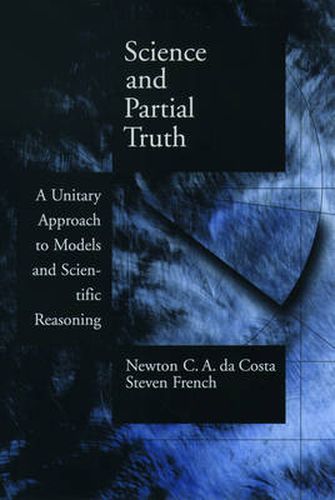Readings Newsletter
Become a Readings Member to make your shopping experience even easier.
Sign in or sign up for free!
You’re not far away from qualifying for FREE standard shipping within Australia
You’ve qualified for FREE standard shipping within Australia
The cart is loading…






In the past thirty years, two fundamental issues have emerged in the philosophy of science. One concerns the appropriate attitude we should take towards scientific theories–whether we should regard them as true or merely empirically adequate, for example. The other concerns the nature of scientific theories and models and how these might best be represented. In this ambitious book, da Costa and French bring these two issues together by arguing that theories and models should be regarded as partially rather than wholly true. They adopt a framework that sheds new light on issues to do with belief, theory acceptance, and the realism-antirealism debate. The new machinery of partial structures that they develop offers a new perspective from which to view the nature of scientific models and their heuristic development. Their conclusions will be of wide interest to philosophers and historians of science.
$9.00 standard shipping within Australia
FREE standard shipping within Australia for orders over $100.00
Express & International shipping calculated at checkout
In the past thirty years, two fundamental issues have emerged in the philosophy of science. One concerns the appropriate attitude we should take towards scientific theories–whether we should regard them as true or merely empirically adequate, for example. The other concerns the nature of scientific theories and models and how these might best be represented. In this ambitious book, da Costa and French bring these two issues together by arguing that theories and models should be regarded as partially rather than wholly true. They adopt a framework that sheds new light on issues to do with belief, theory acceptance, and the realism-antirealism debate. The new machinery of partial structures that they develop offers a new perspective from which to view the nature of scientific models and their heuristic development. Their conclusions will be of wide interest to philosophers and historians of science.